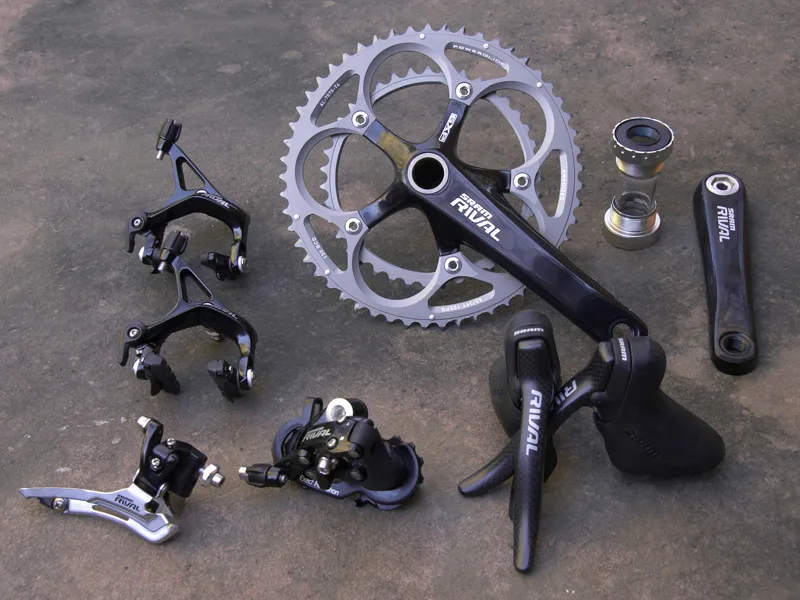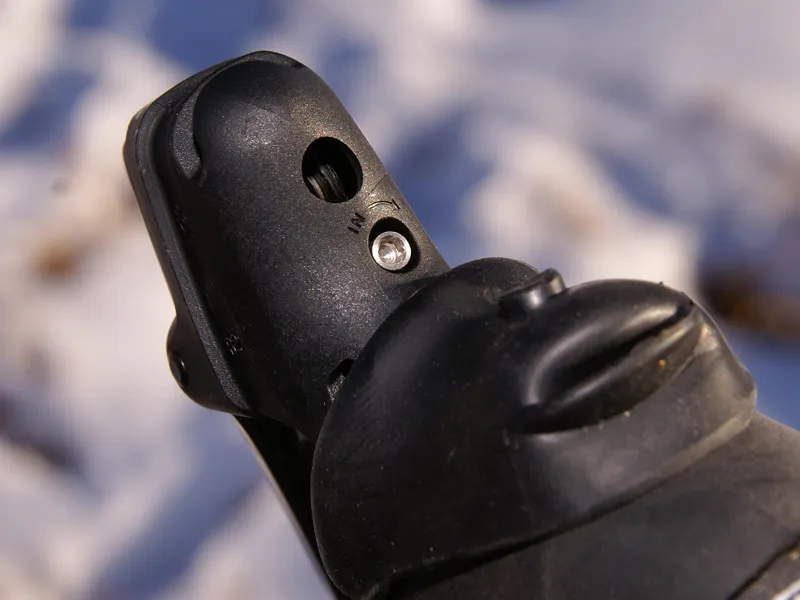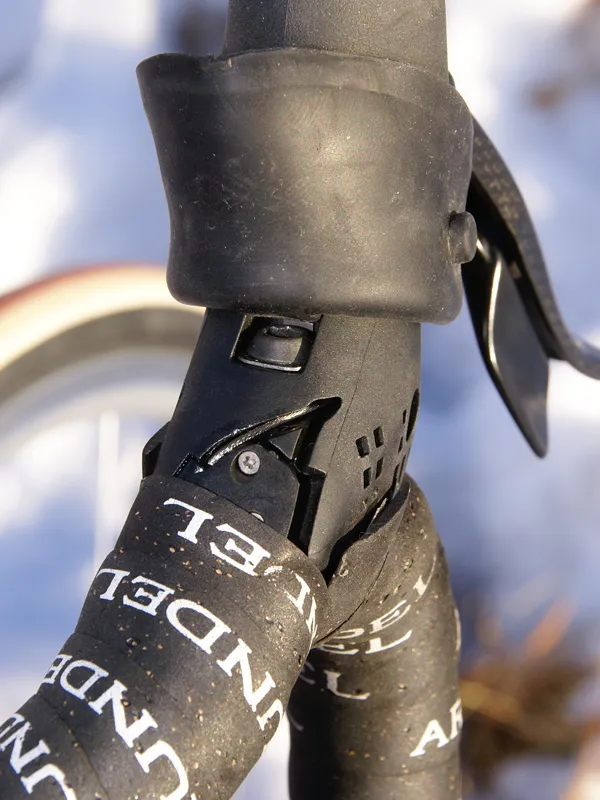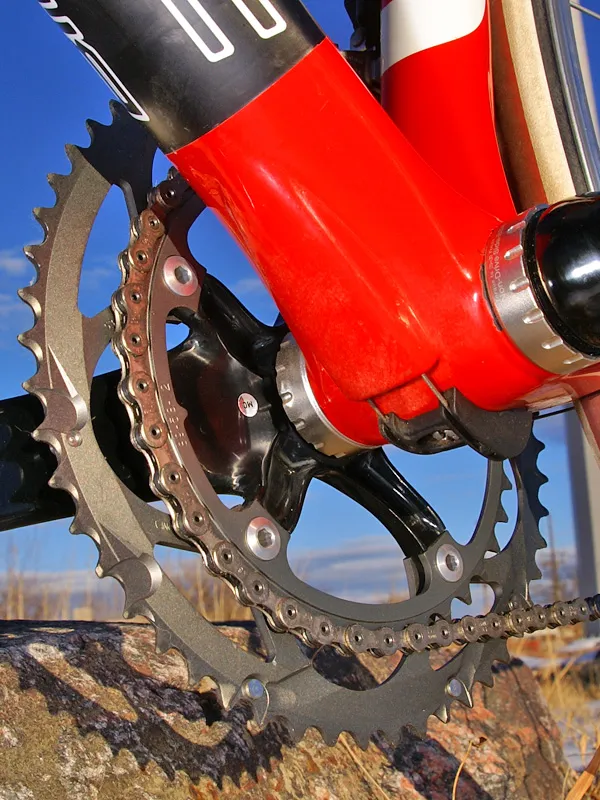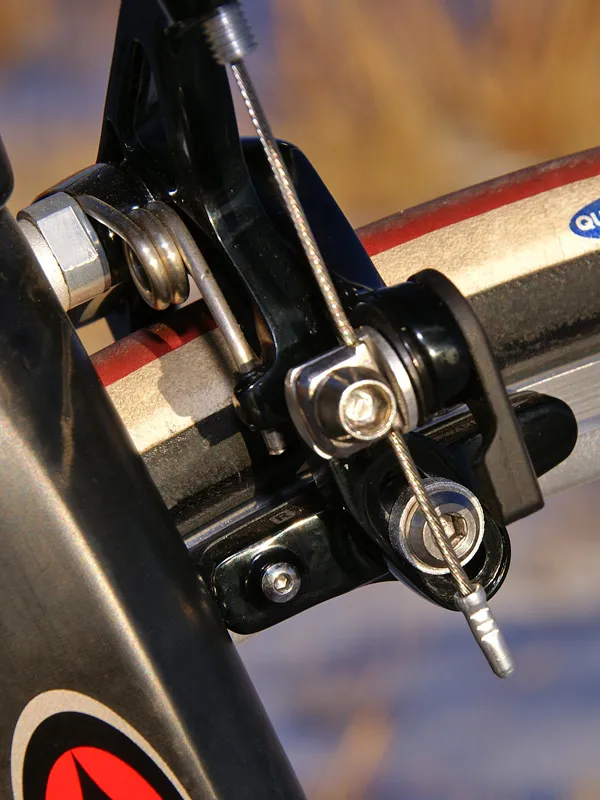SRAM Rival has been a value leader since its introduction in 2006 and new trickle-down technology borrowed from the firm's top-end Red groupset has now made it even better. In fact, if you were to run one against the other back-to-back, blindfolded, it would be difficult to tell the two apart.
The biggest changes are in the heavily revamped DoubleTap levers, which now bear Red’s 10mm-longer brake lever blades (now upgraded to carbon fibre) and larger shift paddles along with the flagship range’s independently adjustable reach for both. Internally, the left-hand shifter gains the Zero Loss cable spool design and outer trim position (though at the loss of the inner ring position), again borrowed from Red.
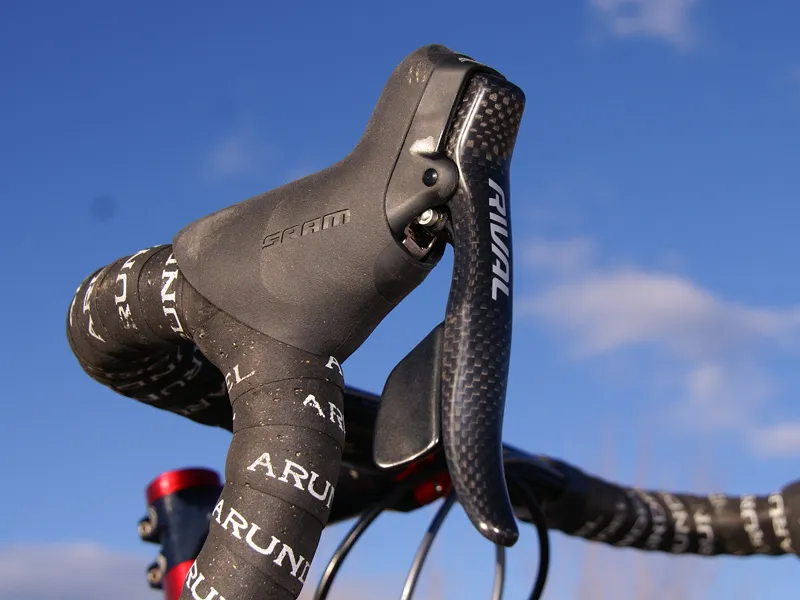
The most noticeable effect of the changes on the road is easier access to both the brake and shift levers while in the drops, especially on anatomic-type bends. No longer do you have to reach upwards awkwardly – or uncomfortably far – to snag the end of the brake lever, and the shift paddle is now but a flick of the finger away. The end of the brake lever also has a slightly more prominent hook than before for more secure one-fingered control.
We can continue to live without Zero Loss on the revamped right-hand Rival shifter as lever throws are still notably shorter than most, but the new left-hand cable spool design provides a 10-degree improvement from last year and makes for a markedly quicker shift. Otherwise, both the front and rear derailleurs, the OpenGlide cassette and the chain and chainring shapes remain identical, so shifting is still positive and precise, if not quite Shimano-smooth. In fact, Rival’s front shifting seems a tad better than that of Red thanks at least in part to its stiffer steel derailleur cage.
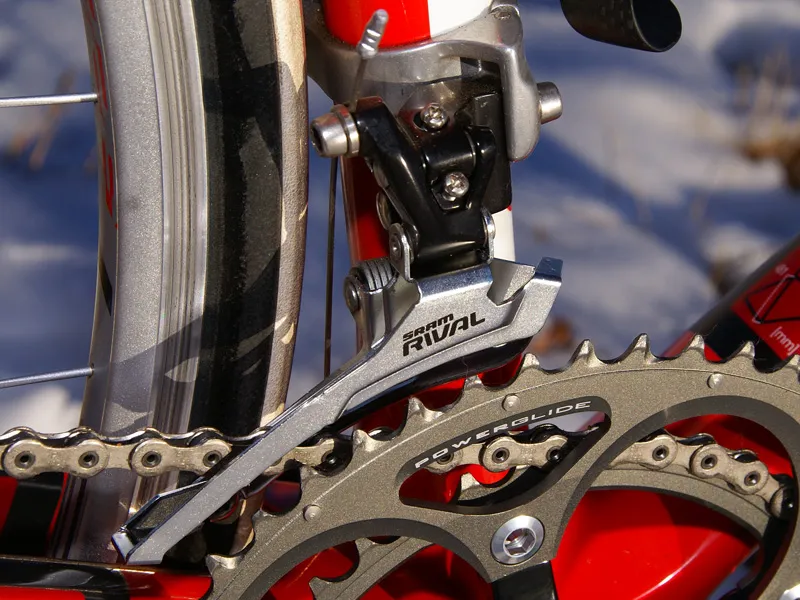
Save for the new black finish, the brake calipers are carryover items from last year and continue to deliver the same good levels of power and modulation we’ve grown accustomed to. They’re still impressively light for the price but we can’t help but think it might be about time SRAM beefed up the outer arm a bit for even less flex and a more positive lever feel.
There are still no fine adjustments for either centring or spring tension, although the former is easily worked around and the latter is generally only an issue on especially poorly designed cable routing. The pad holders receive a small yet significant improvement, however: the pad fixing pins now insert from the sides instead of the top, vastly easing tool access.

Other than the levers, the Rival crankset is the only major bit in the group to receive a significant update. Last year’s optional hollow-forged OCT (Open Core Technology) upgrade is now standard along with its 24g weight savings and increased rigidity relative to the old solid-forged unit. The bottom bracket is really the only letdown here as the GXP design continues to run with more friction than we would prefer. Thankfully, smoother-running aftermarket upgrades are readily available.
Weight-wise, Red still holds a sizeable 300g lead over Rival so while the overall performance is now incredibly close, Rival users will still have a little extra weight to lug up the mountain with a total package weight of 2,281g.
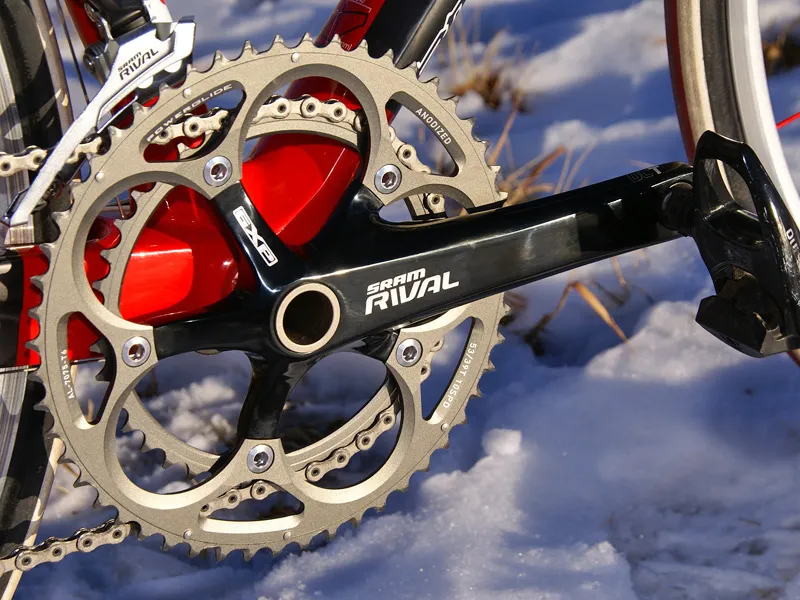
Rival vs. the competition
Rival may be markedly heavier than Red, but ignoring personal preferences in shift actuation style and feel – such as two levers versus one, light versus firm action, etc – and intangibles such as aesthetics, it still holds a significant weight advantage over comparable groups from Shimano and Campagnolo.
For example, Shimano’s 105 group is a near match for Rival pricewise but the more expensive Ultegra SL is much closer in weight, although even that group is about 100g heavier. Right-hand lever throw for upshifts is also much longer – 20 degrees versus just 10 – though Shimano still edges out SRAM on the other side, even with the new Zero Loss spool, at 25 degrees versus 35.
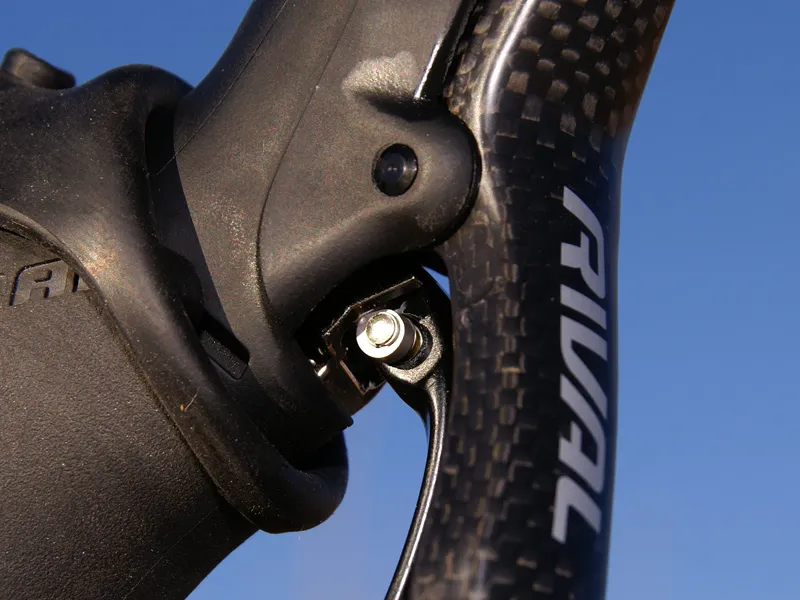
It’s a similar scenario with Campagnolo. Veloce is closer to Rival in price but Centaur is a better match for weight, although still 150g heavier for the alloy version. Both also receive new-shape Ergopower levers (which feel fantastic, by the way) but carry on with previous-generation 10-speed operation, which should be replaced with Campagnolo’s new 11-speed platform soon.
Rival’s biggest ‘rival’ may be big brother Force. SRAM gave its middle child the same lever enhancements this year so the two share the same functionality, but materials upgrades leave Force with a 130g advantage.

Screaming bargain
General debate over which of the three major component companies to choose will undoubtedly go on and we won’t even try to settle the overall score here. Shimano is still the undisputed king of smooth and quality control, Campagnolo arguably still rules the multiple-shift game and carries the greatest cachet, and all three offer similarly admirable functionality.
Rival’s most recent updates now truly make it a Red group for the masses, though, and neither of the other two do nearly as good a job of mimicking the performance of its top dog this far down the line. When it comes to value for a money, Rival is a winner by a knockout – and we’re talking the lying-face-down-in-a-puddle-of-drool kind. If your heart is on SRAM and you insist on having the cream of the crop, Red is still the obvious choice but pound-for-pound, there’s simply no competition.

